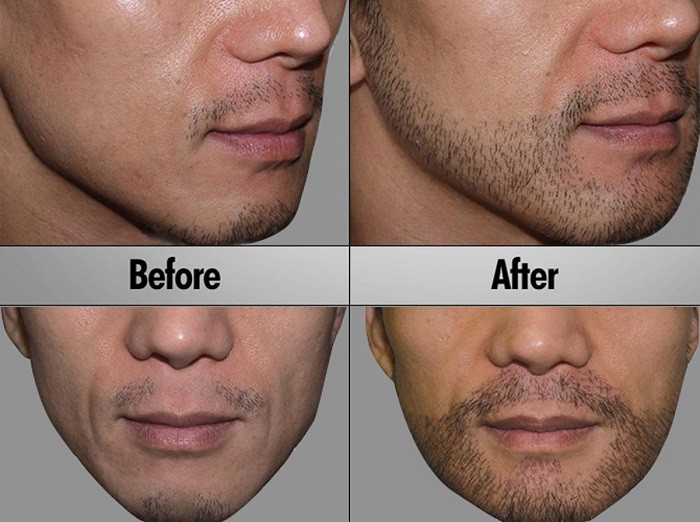A hair transplant works by relocating hair follicles from a donor area, sometimes the again or sides of the scalp, to areas with thinning or no hair, known as the recipient area. The process is usually used to treat male and female pattern baldness (androgenetic alopecia) and entails the following steps:
1. Consultation:
Evaluation: A qualified surgeon assesses the patient's hair loss pattern, donor hair availability, scalp situation, and general health.
Discussion: The surgeon discusses the objectives, expected outcomes, potential dangers, and appropriate strategies based mostly on the affected person's condition and preferences.
2. Anesthesia:
Local Anesthesia: Local anesthesia is administered to numb both the donor and recipient areas. The patient stays awake in the course of the procedure.
3. Hair Extraction:
Follicular Unit Extraction (FUE): Individual hair follicles are extracted from the donor space using a specialized punch software. FUE leaves small, spherical scars which might be typically not noticeable.
Follicular Unit Transplantation (FUT): A strip of pores and skin containing hair follicles is removed from the donor space. The strip is then dissected into individual follicular items for transplantation. FUT leaves a linear scar, which is usually hidden by surrounding hair.
four. https://worbimed.com/ :
Micro-incisions: Tiny incisions are made within the recipient area utilizing a needle or blade. The surgeon carefully designs the hairline and determines the location of grafts to attain a pure look.
5. Hair Transplantation:
Graft Placement: Individual hair follicles are meticulously positioned into the recipient websites, following the natural hair progress pattern. The surgeon ensures that the angle, direction, and density of the transplanted hair match the encircling hair.
6. Post-Operative Care:
Dressings: The surgeon may cover the recipient space with bandages or dressings instantly after the procedure.
Recovery: Patients are often allowed to go residence the identical day. Recovery time varies, but most patients can resume normal actions within a few days to per week.
7. Hair Growth and Shedding:
Initial Shedding: Transplanted hair usually sheds inside a couple of weeks after the process. This shedding is a traditional a part of the hair growth cycle.
New Hair Growth: New hair begins to develop from the transplanted follicles after a couple of months, progressively turning into thicker and fuller over time.

Final Results: Full outcomes, including natural-looking hair progress, are seen round 12 to 18 months after the process.
8. Follow-up and Maintenance:
Follow-up Visits: Patients have follow-up appointments with the surgeon to monitor progress and address any issues.
Hair Care: Transplanted hair requires common hair care, including washing, styling, and trimming, to take care of a pure appearance.
A successful hair transplant is dependent upon the surgeon's skill, correct method, and the patient's suitability for the procedure. It's essential to consult with an skilled and board-certified surgeon to make sure a safe and passable outcome..
